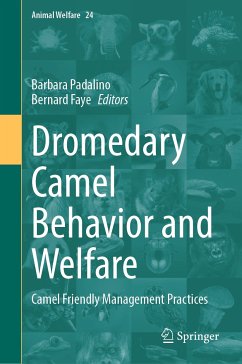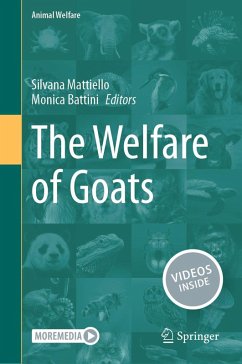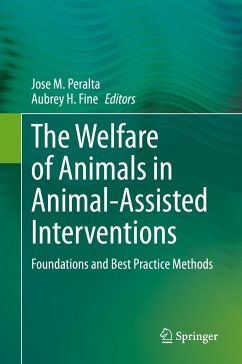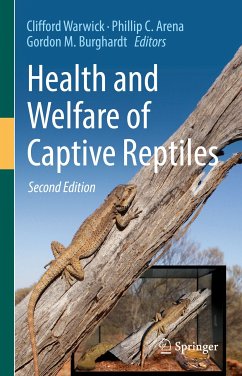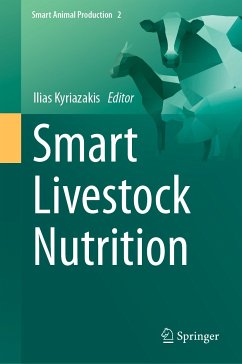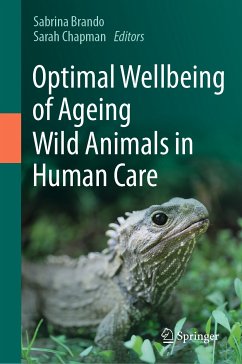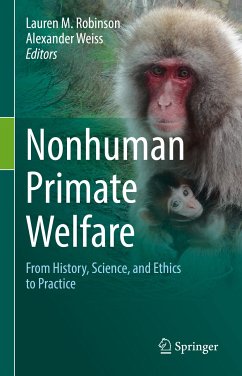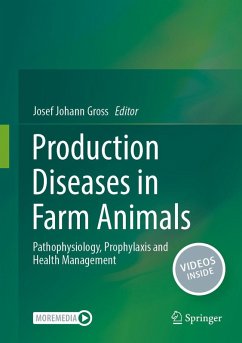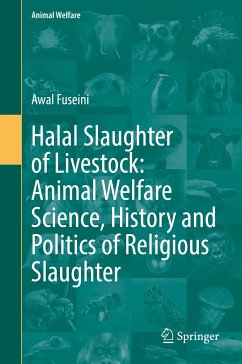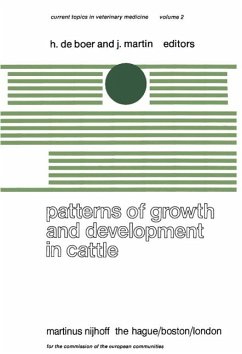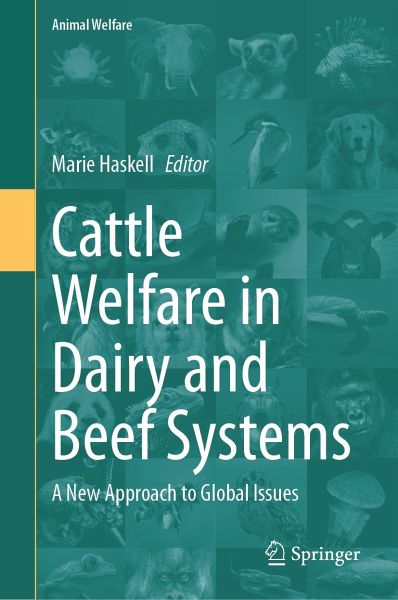
Cattle Welfare in Dairy and Beef Systems (eBook, PDF)
A New Approach to Global Issues
Redaktion: Haskell, Marie
Versandkostenfrei!
Sofort per Download lieferbar
144,95 €
inkl. MwSt.
Weitere Ausgaben:

PAYBACK Punkte
72 °P sammeln!
This book provides a comprehensive coverage of all aspects of the welfare of cattle. It starts with a consideration of animal welfare science and its application to the management of cattle and moves through to discussions of the challenges and opportunities for providing good welfare for cattle in farming and husbandry systems across the globe. The first section comprises three chapters that discuss the social, behavioural and physiological methods that can be used to assess welfare in cattle. The second section considers the welfare challenges of beef and dairy cattle in extensive and intens...
This book provides a comprehensive coverage of all aspects of the welfare of cattle. It starts with a consideration of animal welfare science and its application to the management of cattle and moves through to discussions of the challenges and opportunities for providing good welfare for cattle in farming and husbandry systems across the globe. The first section comprises three chapters that discuss the social, behavioural and physiological methods that can be used to assess welfare in cattle. The second section considers the welfare challenges of beef and dairy cattle in extensive and intensive systems. The third section details welfare challenges such as at slaughter, during handling and in the growing period and details solutions such as the use of sensors and application of animal breeding techniques. The final section addresses welfare challenges and solutions in achieving sustainability, in smallholder farms in Africa and new entrant dairying in Asia and cow shelters in India.
This work makes a valuable contribution to the field of animal welfare and modern livestock farming. It is a must-read for researchers and students, veterinarians as well as industry personnel and informed farmers and producers.
This work makes a valuable contribution to the field of animal welfare and modern livestock farming. It is a must-read for researchers and students, veterinarians as well as industry personnel and informed farmers and producers.
Dieser Download kann aus rechtlichen Gründen nur mit Rechnungsadresse in A, B, BG, CY, CZ, D, DK, EW, E, FIN, F, GR, HR, H, IRL, I, LT, L, LR, M, NL, PL, P, R, S, SLO, SK ausgeliefert werden.



